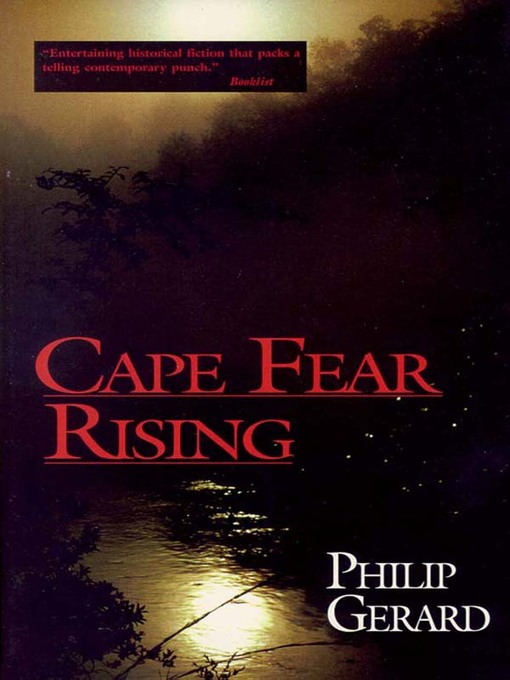In August 1898, Wilmington, North Carolina, was a Mecca for middle-class black citizens. Many of the city's lawyers, businessmen, and other professionals were black, as were all the tradesmen and stevedores. The black community outnumbered the white community by more than two to one. But the white civic leaders, many descended from the antebellum aristocracy, did not consider this progress. They looked around and saw working class white citizens out of jobs. They heard black citizens addressing white neighbors "in the familiar." They hated the fact that local government was run by Republican "Fusionists" sympathetic to the black majority. Rumors began to fly. The newspaper office turned into an arsenal. Secret societies espousing white supremacy were formed. Isolated incidents occurred: a shot was fired through a streetcar bearing white passengers, a black cemetery was desecrated. This incendiary atmosphere was inflamed further by public speeches from an ex-Confederate colonel and a firebrand black preacher. One morning in November, the almost inevitable gunfire began. By the time order was restored, many of the city's most visible black leaders had been literally put on trains and told to leave town, hundreds of black citizens were forced to hide out in the city's cemetery or the nearby swamps to avoid massacre, and dozens of victims lay dead. Based on actual events, Cape Fear Rising tells a story of one city's racial nightmare—a nightmare that was repeated throughout the South at the turn of the century. Although told as fiction, the core of this novel strikes at the heart of racial strife in America.
Philip Gerard is the author of five novels and eight books of nonfiction, including Down the Wild Cape Fear: A River Journey Through the Heart of North Carolina and The Patron Saint of Dreams, winner of the 2012 North American Gold Medal in Essay/Creative Nonfiction from The Independent Publisher.
Philip Gerard is the author of five novels and eight books of nonfiction, including Down the Wild Cape Fear: A River Journey Through the Heart of North Carolina and The Patron Saint of Dreams, winner of the 2012 North American Gold Medal in Essay/Creative Nonfiction from The Independent Publisher.
"[C]omplex and convincing . . . well-researched story [that] smartly limns the tangled combination of economic, social and visceral elements that led Wilmington to violence . . . " —Publishers Weekly


